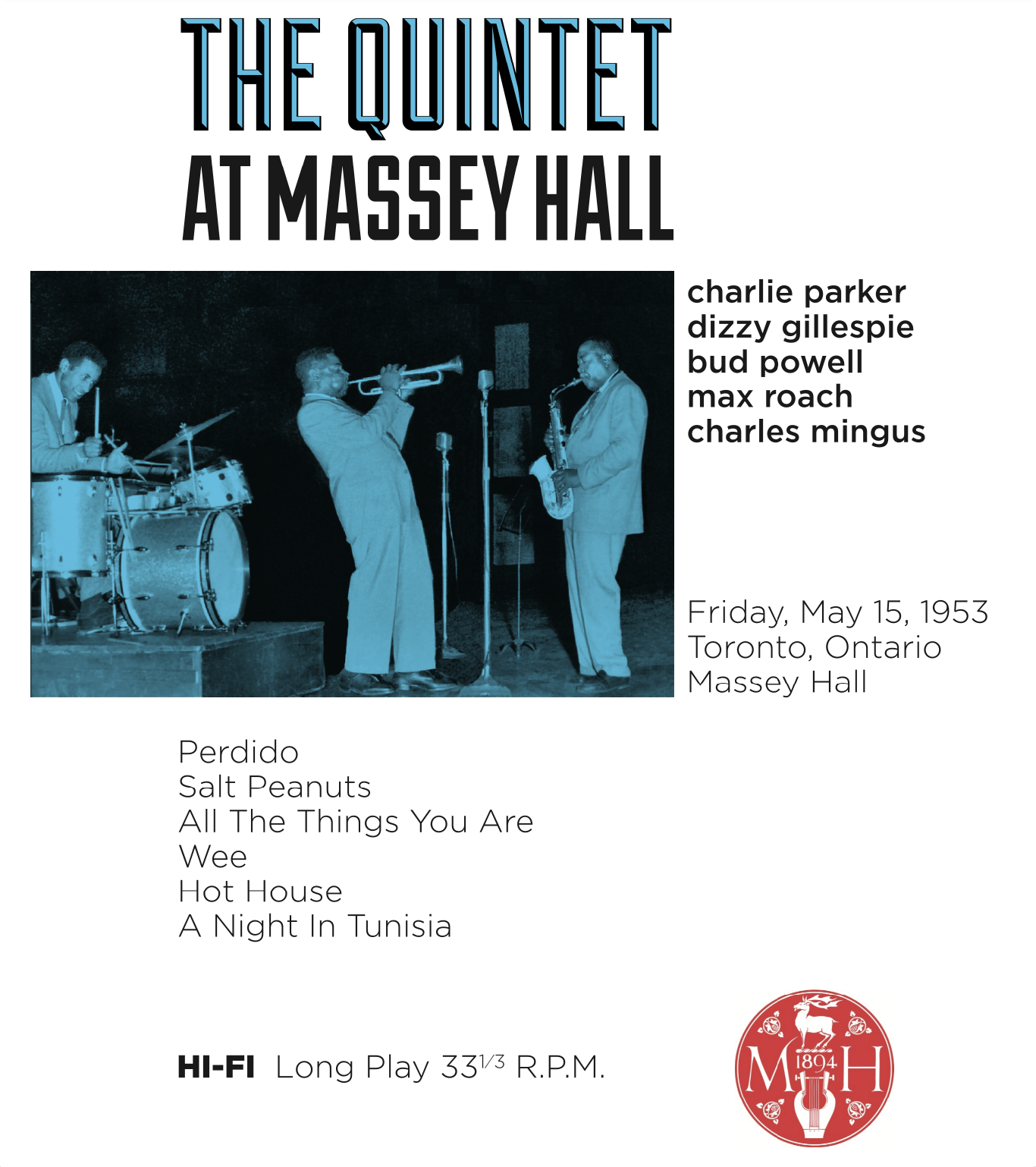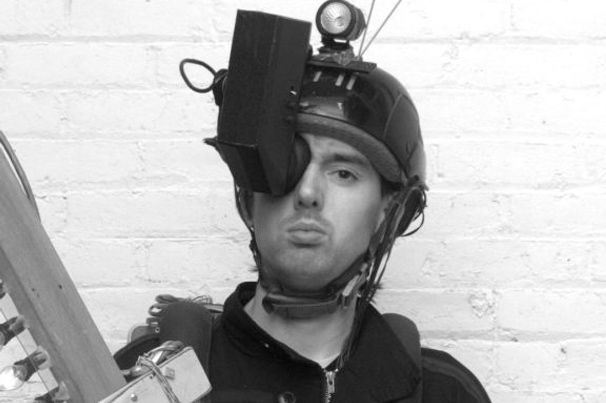I Remember This One Time…

A couple of years ago, during November, I was unlocking my bike somewhere on Queen Street West when a man approached me and politely asked,
“Excuse me, but could you tell me what that is?” He was pointing to my Remembrance Day Poppy.
“This?” pointing to the plastic flower pinned to my jacket, “It’s a poppy…” I’m sure my response sounded incredulous.
“But what is it? What’s it for? Why is everyone wearing them?” He really didn’t know?
At this point, I’m guessing my face was like a kid who’d just bitten her first Brussels sprout, “It’s for Remembrance Day.”
“What’s that?”
Was this guy some kind of idiot? Was I being pranked on a hidden camera reality show? “…Armistice Day? The eleventh hour of the eleventh day of the eleventh month?”
“I’m sorry, I don’t know what that is.”
Now I became my mother, “What do you mean you don’t know what that is? Marking the end of the Great War, World War I, WWII, all wars…”
“But why the flower? Sorry, I’m not from here, I’m American”
Okay, now I was getting pretty peeved – “In Flanders field, row on row, the poppies grow (something, something)… the famous poem about war. I mean, Americans died in that war, too.”
“But we don’t have it”, now he was the one sounding indignant.
“It’s like Memorial Day,” then remembering that Memorial Day weekend was more like our May 24th, I quickly added, “or Veteran’s Day – it’s a time for remembering all those who died in war and those who served in any war.”
“Oh, okay, I didn’t know. Thanks.” and he continued on his way while I stood there thinking, “Americans?!”
I can’t say I came away from the encounter feeling good about informing a visitor to our fair city about a solemn time of year. I was honestly angry that almost every American I’ve met really expects the rest of the world to know their stupid holidays and traditions by rote, and yet they can’t be bothered to know an event their closest neighbours and important European allies follow. Come to think of it, Brits are a little the same way. They genuinely think you should give a toss about the Battle of Agincourt but are perpetually ignorant about Canadian history, politics or geography. I mean come on, it is a pretty large land mass to be completely blind to. You wouldn’t believe the shock when I tell them that Newfoundland is about half the size of Great Britain, but the combined size of the province of Newfoundland and Labrador is about four times the size of Great Britain. Yes, that is the size of one of the provinces of a country you completely ignore. Anyway, this is beside the point.
The point is two-fold. One, it is disheartening when people don’t take Remembrance Day to heart and two, that poppy pin is one of our greatest icons, yet the pin itself is unfathomably badly designed. There are so many options that it could be. The straight pin could be coiled at the top to keep the bits together. Or it could be an actual button with a clasp on the back or it could be a stamped and screened one piece plastic token like the kind you get at a museum, or alternatively a metallic one printed with a sort of flocked ink with a bendable tab which is like a more traditional pin that museums use. I don’t mean this as a design snob but as someone who thinks we should treat a cherished icon and tradition with more respect (much much more respect). Every year I think of prototyping something and it’s always too late, but this year I’m giving myself a deadline and actually going to do something about it because the people who have died in conflicts deserve better. The poppy isn’t a symbol of neo-colonialism as some wonks have said, it’s a symbol the waste of human life and the devastation that war brings and we should remind ourselves of that by treating the symbol itself a little better.
Labels: design, Toronto





















